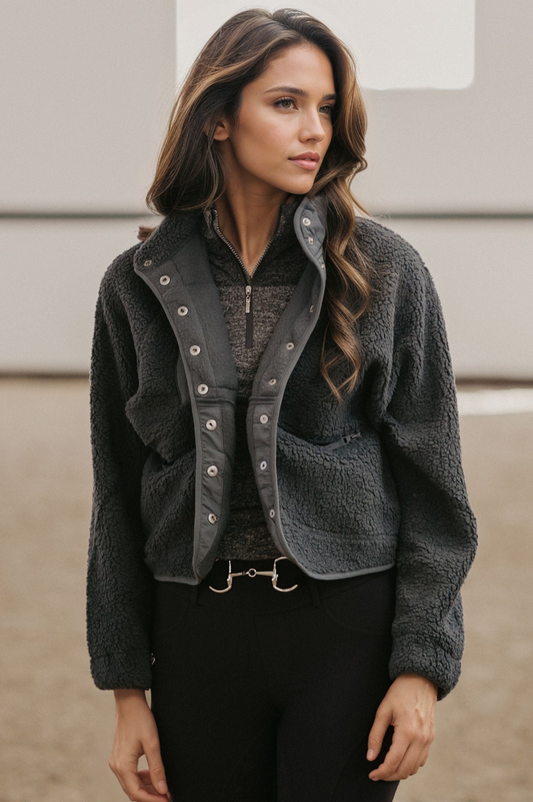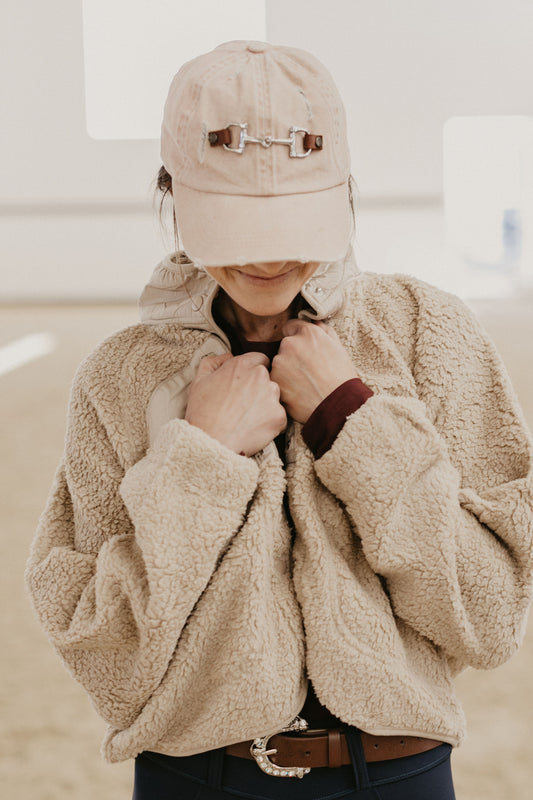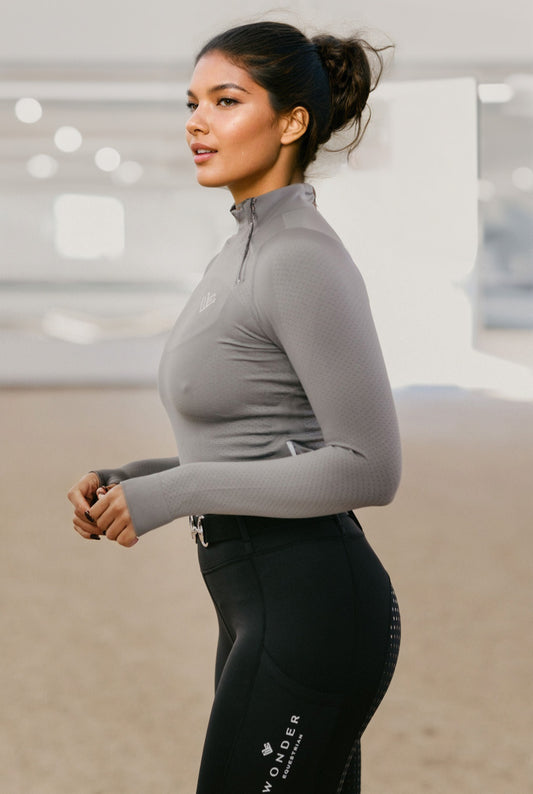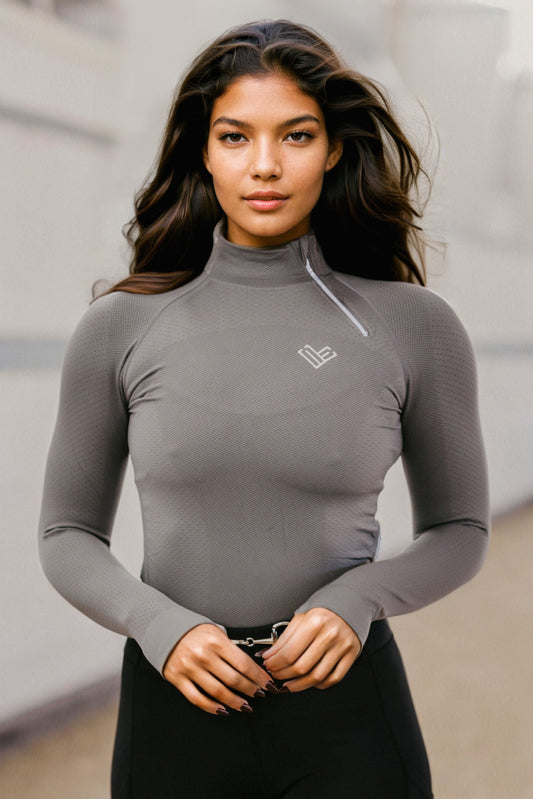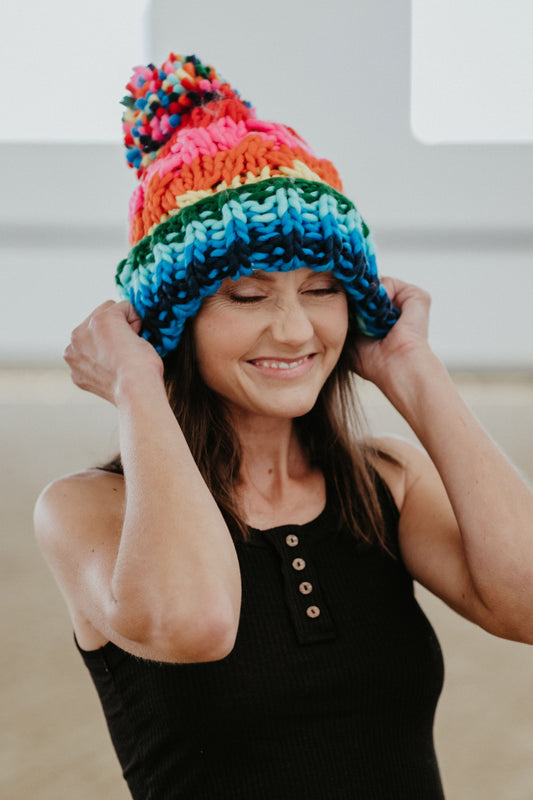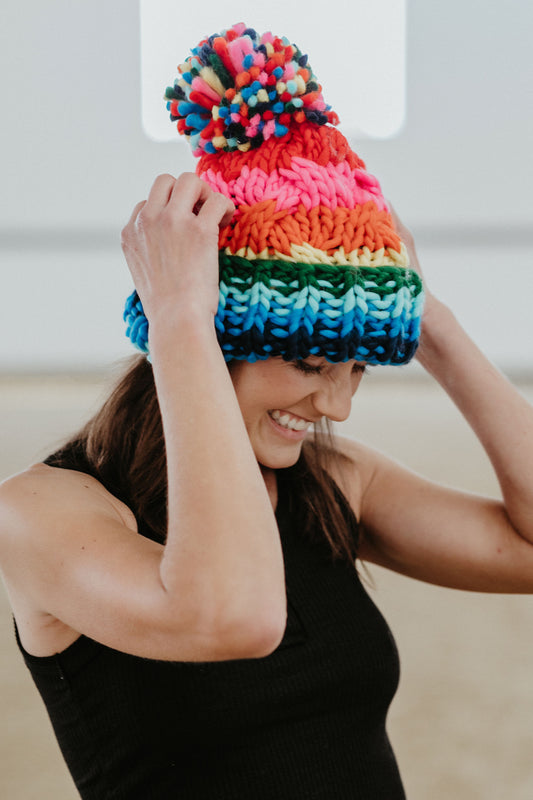The Importance of Durability in Equestrian Apparel
Equestrian sports not only demand skill and precision from the rider but also require equipment and apparel that can withstand the rigors of horseback riding. For both safety and performance, riders across disciplines turn to attire specifically designed to endure the stresses of the stable and the arena. The durability of equestrian apparel is not merely a matter of material strength; it's about ensuring the well-being of the rider and the longevity of their gear amidst challenging conditions.
Materials Engineered for Strength
At the heart of durable equestrian clothing lies the choice of materials. Manufacturers often favor high-performance fabrics that are resilient, breathable, and can maintain their integrity over time. Synthetic fibers like nylon and polyester are commonly used due to their ability to resist abrasion and their quick-drying properties. Moreover, advancements in fabric technology have brought forth materials that can endure stretching, retain their shape, and provide UV protection, which is crucial when spending long hours outdoors.
Seams and Stitching: Holding It All Together
The construction of equestrian apparel is just as important as the materials chosen. Seams and stitching are pivotal in determining the lifespan of riding attire. Reinforced seams, often double or triple-stitched, are a hallmark of quality. These sturdy connections are designed to prevent ripping or tearing, which can be caused by the repetitive motion of riding or the strain put on the clothing by saddles and other equipment. Premium stitching techniques also prevent discomfort by reducing chafing against the rider's skin, ensuring a more comfortable ride.
Design That Withstands the Test of Time
In addition to materials and construction, the design of equestrian apparel plays a significant role in its longevity. Garments are carefully tailored to allow freedom of movement without excess fabric that could snag or tear. For instance, breeches are designed with reinforced patches at the points of most friction: the inner knee and seat areas. Such design considerations extend the life of these garments by reducing wear in the most vulnerable places.
Caring for Equestrian Apparel to Extend Durability
While equestrian clothing is made to be durable, proper care is essential to maintain its condition. Riders are advised to follow washing and care instructions meticulously, as harsh cleaning chemicals or incorrect washing methods can break down fibers and weaken the fabric. Air drying is often preferred over machine drying, which can cause shrinkage and stress to the materials. By caring for their clothing correctly, riders can ensure that their investment remains in excellent shape ride after ride.
Innovation Continues to Drive Durability Forward
As equestrian sports evolve, so does the apparel. Manufacturers are continuously innovating to meet the ever-changing demands of riders. The adoption of new materials and even smart textiles that can monitor the rider's condition is on the horizon. These advancements hold the promise of not only creating more durable clothing but also apparel that can enhance performance and provide additional safety features.
The Assurance of Quality
Equestrian apparel is more than just a style statement; it is a vital component of the rider's experience. Manufacturers of equestrian gear are entrusted with providing products that can endure the test of time and the challenges of the sport. The durability of riding apparel guarantees the safety of the rider, improves performance, and provides peace of mind that the gear will hold up under pressure. As riders continue to push the limits of their sport, their apparel will be right there with them, stitch by sturdy stitch.
Shop Wonder Equestrian



